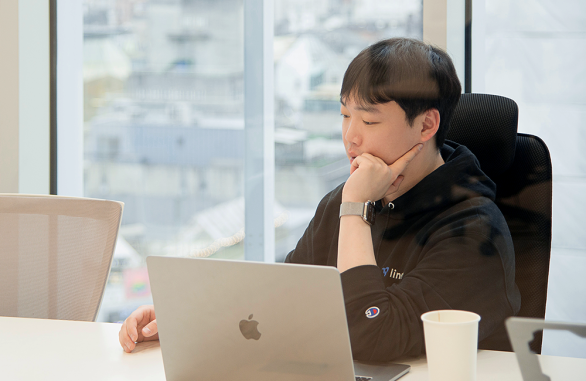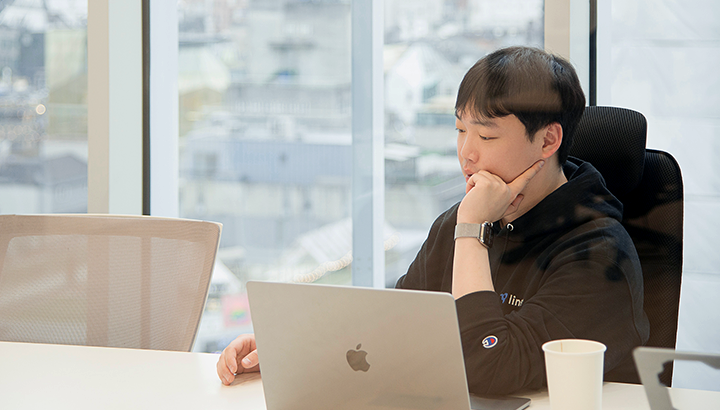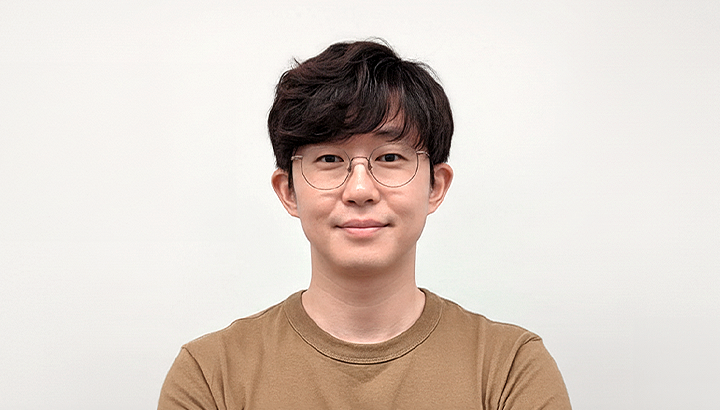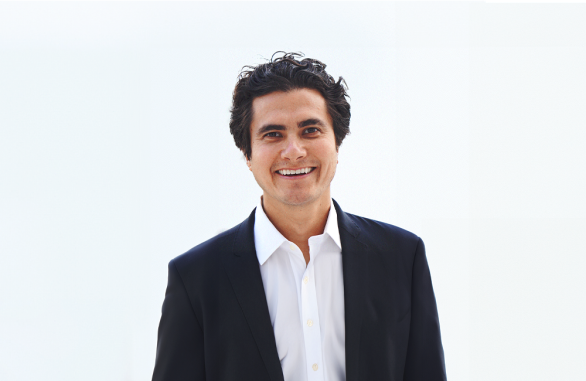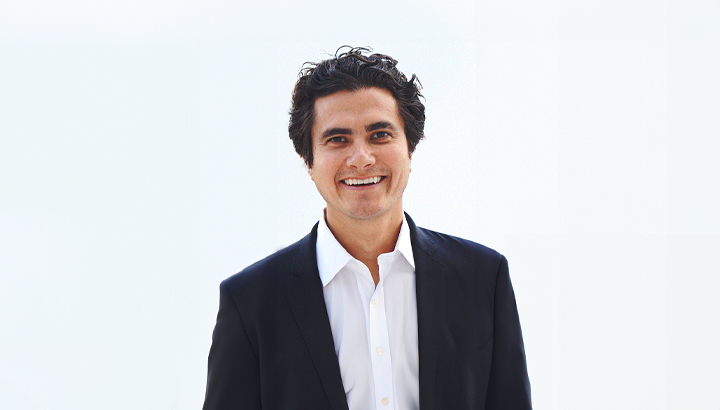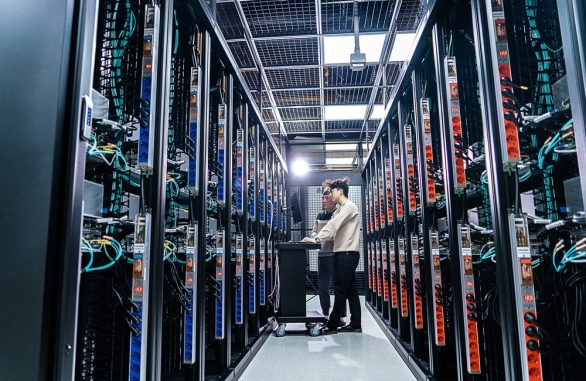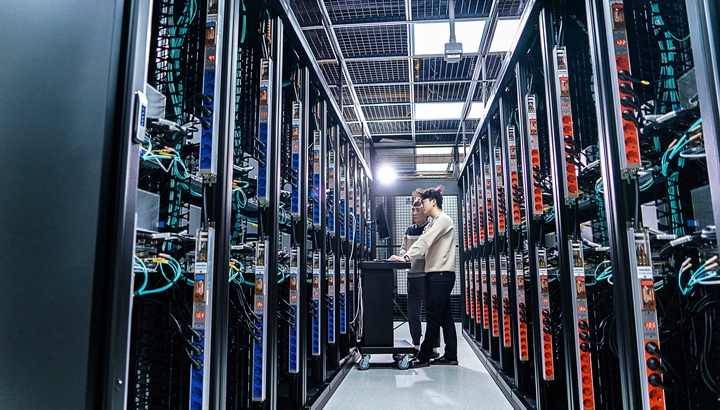
Editorial by CEO Ryu Young-sang
On May 31, we submitted our proposal to participate in the government’s K-UAM Grand Challenge program led by the Ministry of Land, Infrastructure and Transport. Urban air mobility (UAM) refers to urban transportation systems that move people by air, such as air taxis – electric vertical take-off and landing (eVTOL) vehicles. Flying cars that only existed in sci-fi movies are soon to be realized, and we expect to play a leading role in launching UAM in Korea.
UAM, a game changer that will address massive social costs
With social infrastructure and population concentrated in the Seoul Capital Area, the economic costs of congestion is around 3.5% of Korea’s nominal GDP. This is almost 18 times higher than that of Germany (0.2%) and four times that of the U.S.(0.9%). As of 2018, before the outbreak of the pandemic, the congestion costs were estimated to be around KRW 68 trillion by the Korea Transport Institute. With UAM, we can dramatically reduce such social losses caused by severe traffic congestion.
Since flying vehicles are powered by electricity, UAM will generate no carbon emissions. Considering the global target of reaching net-zero emissions by 2050, UAM is not just a business, but rather a game changer that will cut a tremendous amount of social costs triggered by traffic congestion and environmental pollution.
UAM to become available in Korea by 2025
It is expected that UAM will become a reality by 2030. However, innovative companies throughout the globe are making strenuous efforts to achieve this goal earlier. We plan to commercialize UAM by 2025 and shift it into a fully autonomous flight service by 2030.
Since UAM is a novel service, diverse factors are required for its early implementation, such as aircrafts, platforms and flight control systems. Early this year, we signed a strategic collaboration agreement with Joby Aviation, California-based leading developer of eVTOL aircrafts, and also joined hands with Korea Airports Corporation, Korea Transport Institute, Hanwha Systems, and Korea Meteorological Institute to realize a safe UAM service ahead of others.

Building UAM based on technological strength and partnerships
It may seem quite unlikely to see a telecommunications company jump into the UAM business. However, we are fully ready to build a strong UAM infrastructure as we have already secured advanced technological expertise in mobile connectivity, autonomous driving, precise positioning, security, AI and mobility platform.
By leveraging our key competencies, we can provide diverse services, including booking, boarding, ground-aircraft communication, in-aircraft entertainment, and ground-air connection service platform. Here, we can add capabilities of other affiliate companies of the SK Group in areas like semiconductor, battery and investment. Our strong ties with companies from both home and abroad are also supporting our venture into the UAM business.
Connected Intelligence, key to solving social problems
After becoming the CEO of SK Telecom last year, I announced a new and ambitious corporate vision to become an AI & Digital Infrastructure Service Company. And to this end, we have focused on developing new businesses that hold the power to change the future and resolve important social issues.
The Connected Intelligence business is one of them. By combining our strength in AI and connectivity, we are giving rise to a new wave of innovations in people’s lives. Connected Intelligence will be key to realizing not only UAM, but also smart robots, self-driving cars and even human space travel.
As the company that has always led the way in the ICT industry, we will once again create a path of our own and write a success story for a sustainable future.
